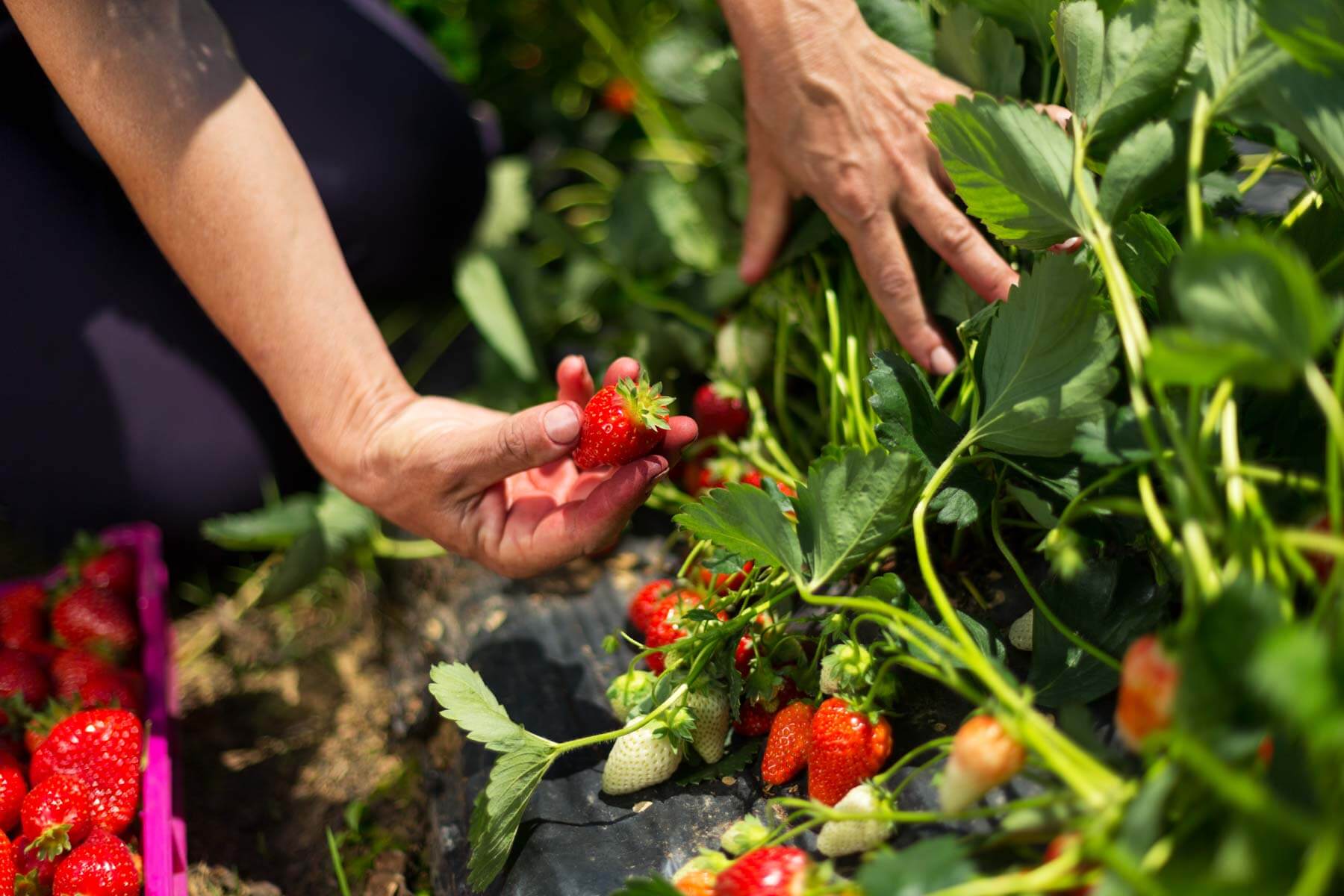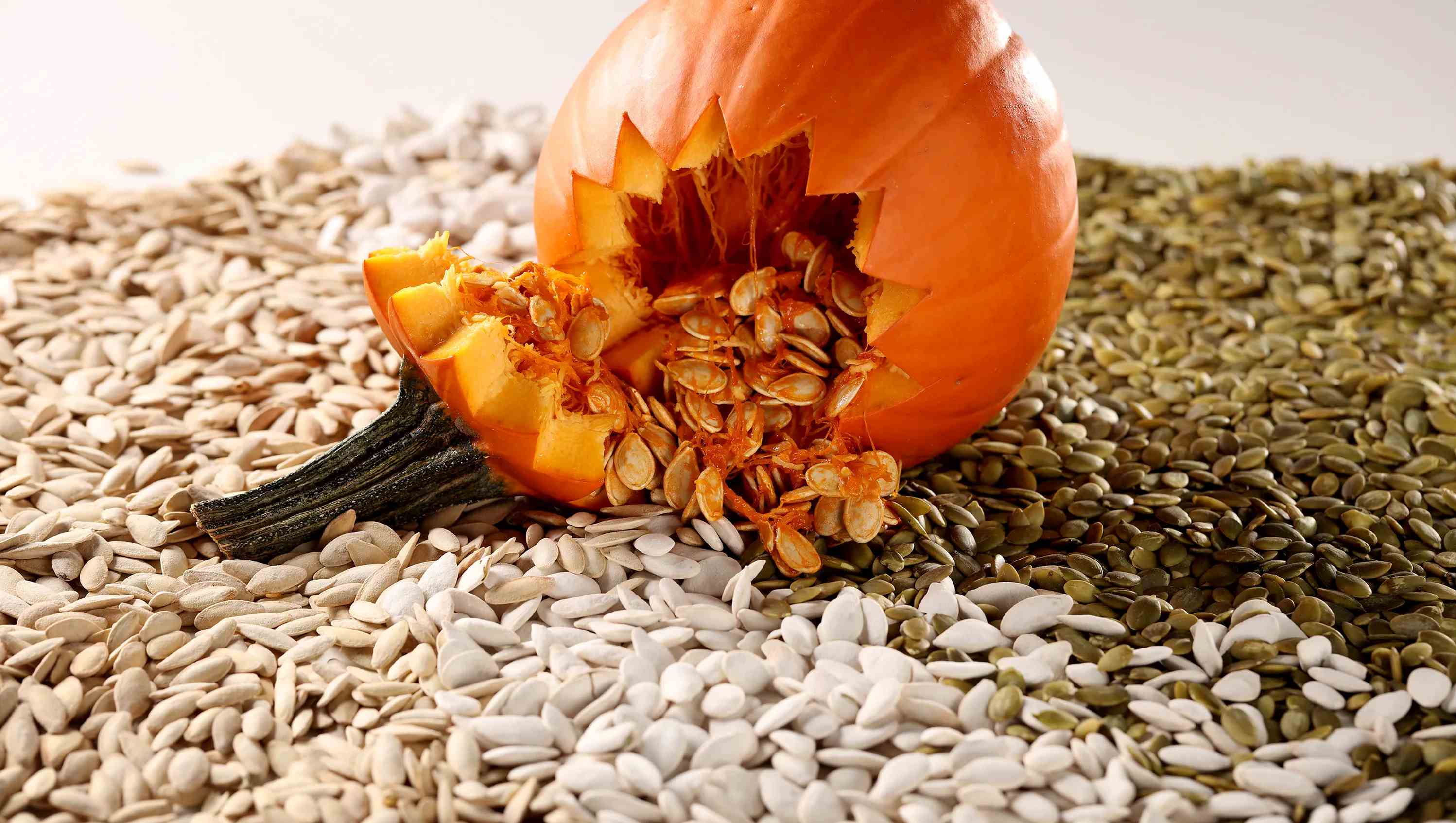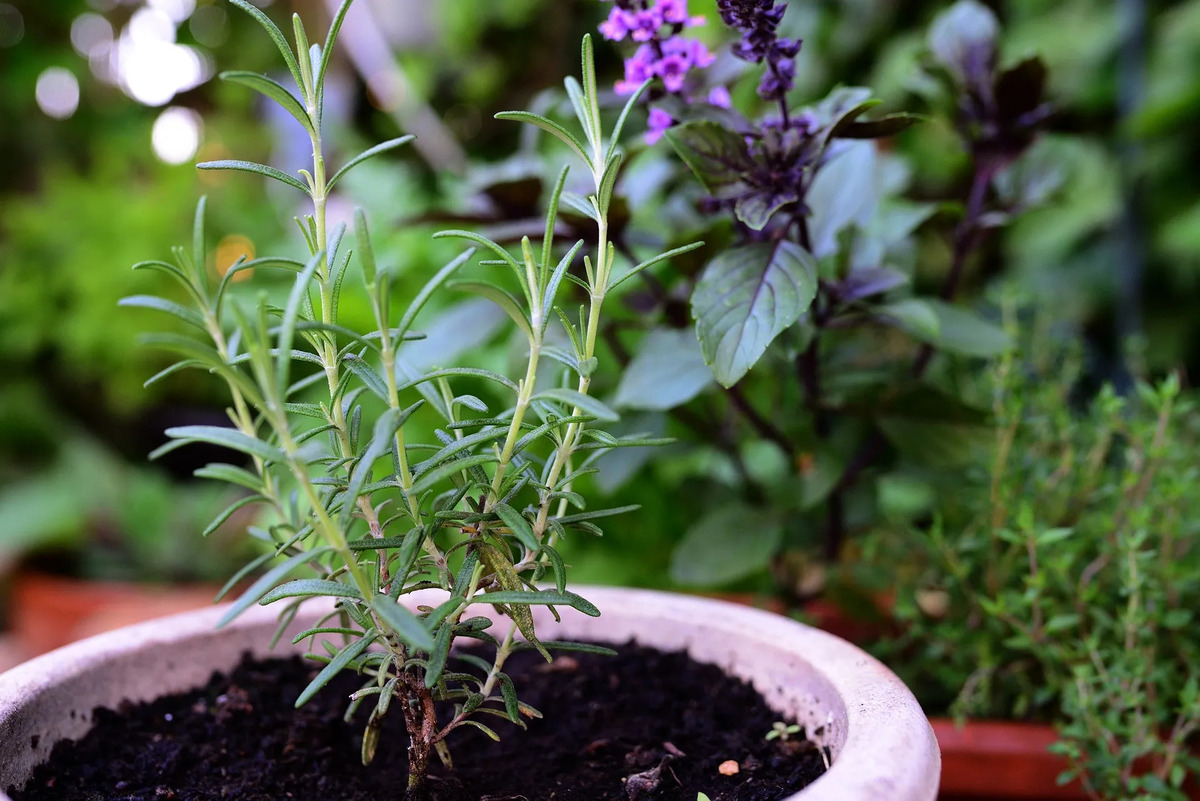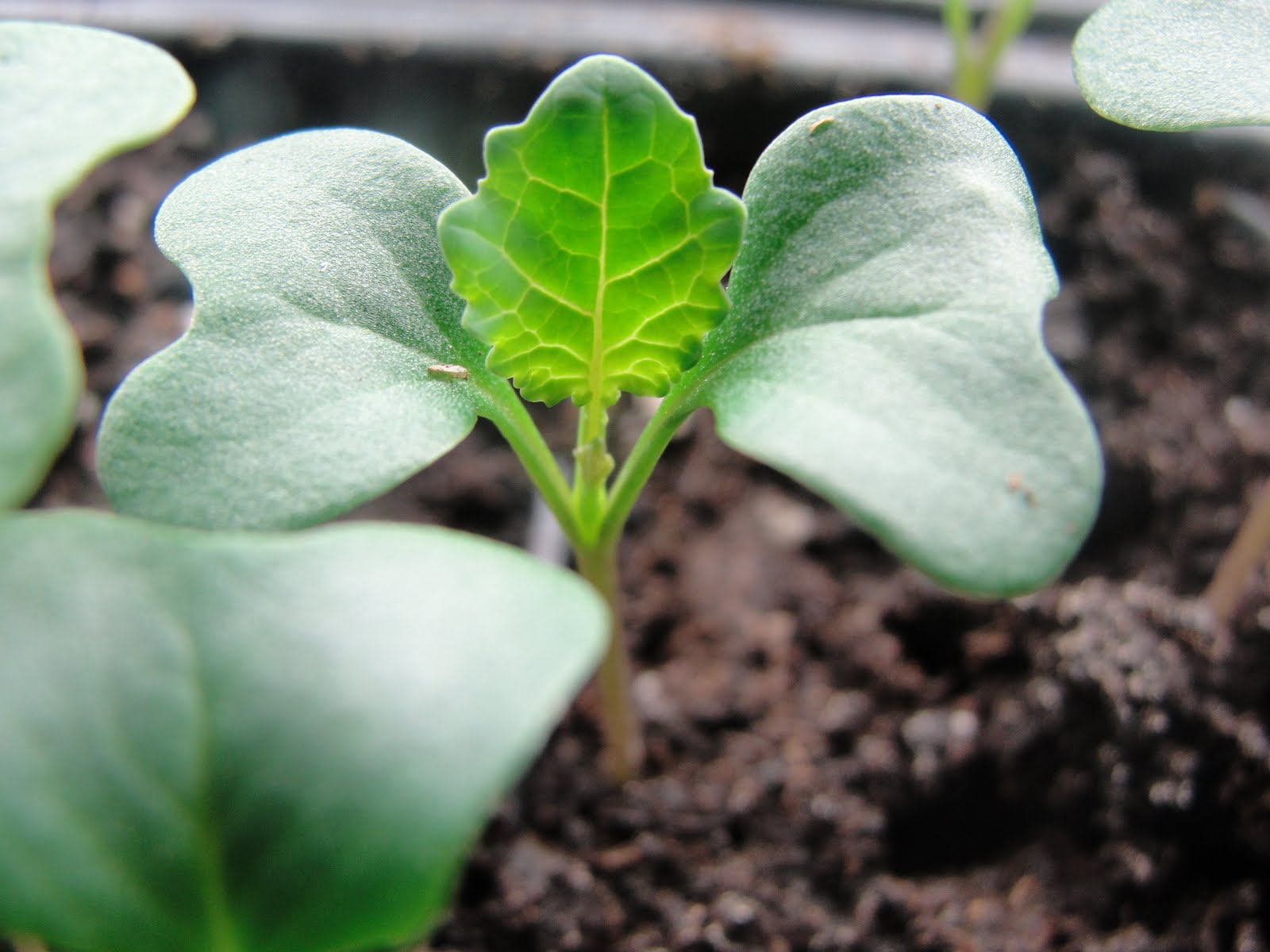Home>Types of Gardening>Edible Gardening>How To Get Seeds From Radishes
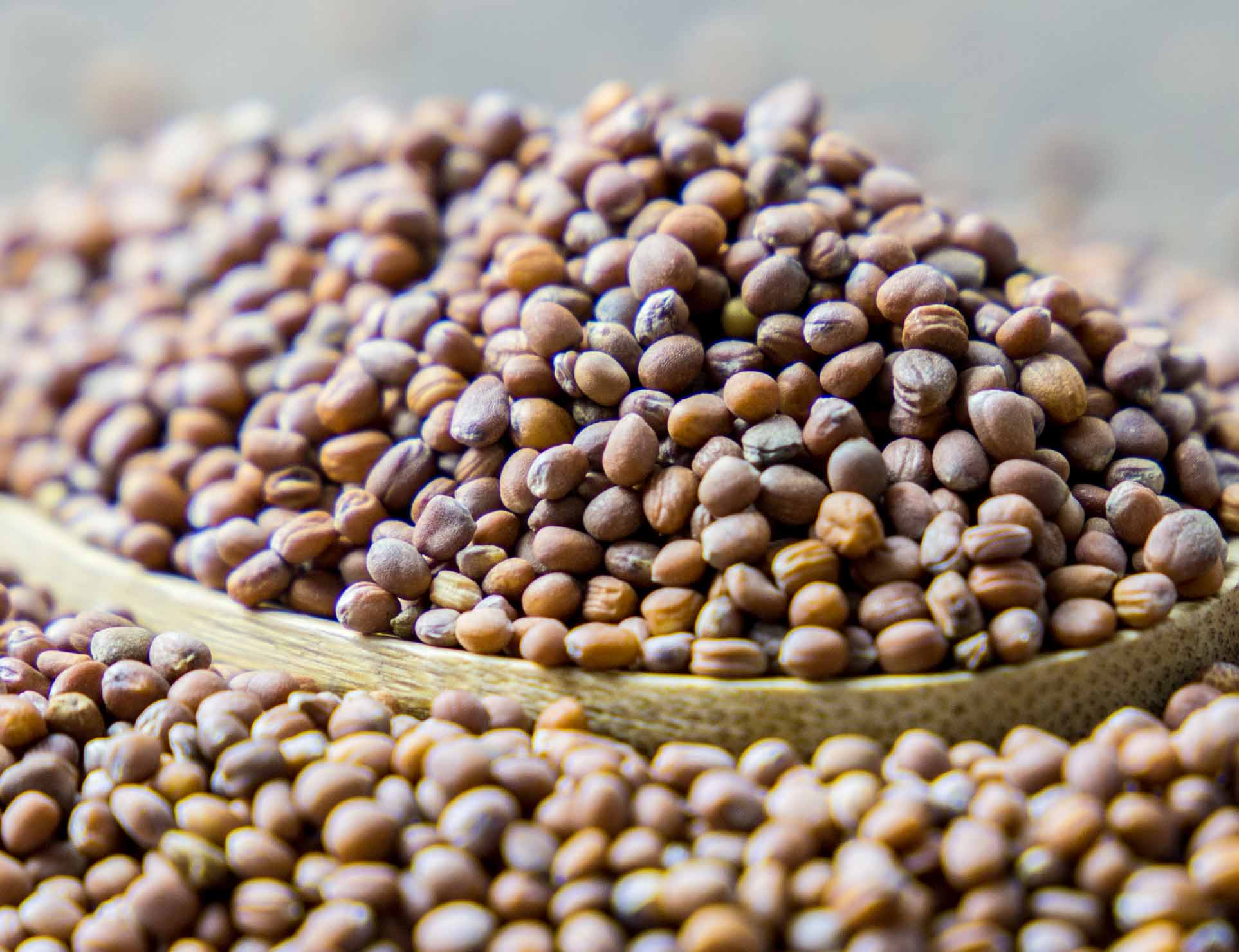

Edible Gardening
How To Get Seeds From Radishes
Modified: January 22, 2024
Learn the easy methods to collect seeds from radishes and enhance your edible gardening skills. Explore the step-by-step process for harvesting and storing radish seeds.
(Many of the links in this article redirect to a specific reviewed product. Your purchase of these products through affiliate links helps to generate commission for Chicagolandgardening.com, at no extra cost. Learn more)
Table of Contents
Introduction
Welcome to the world of edible gardening! There’s nothing quite as satisfying as growing your own food, and one of the best ways to start is by growing radishes. These vibrant and versatile vegetables not only add color and flavor to your dishes but also provide an opportunity to learn about seed-saving.
In this article, we will dive into the fascinating process of getting seeds from radishes. You may be wondering why you would want to save radish seeds when you can easily purchase them from a local nursery or online. Well, there are a few reasons to consider. First, saving the seeds allows you to have a continuous supply of radish seeds without having to rely on external sources. Second, it’s a great way to connect with the natural cycle of plants and deepen your understanding of the gardening process.
Before we delve into the specific steps of seed-saving, let’s take a moment to understand the nature of radish seeds and why they are worth saving. Radish seeds are small, round, and typically black or brown in color. Each seed has the potential to grow into a new radish plant, carrying the genetic traits of its parent plant. By selecting and saving seeds from the best radishes, you can gradually improve the quality and characteristics of the radish varieties you grow.
Now that you understand the value of saving radish seeds, let’s explore how to select the right radishes to save seeds from and the process of allowing them to bolt and flower. Soon enough, you’ll be well on your way to growing and harvesting your own radish seeds.
Understanding Radish Seeds
To successfully save radish seeds, it’s essential to have a good understanding of how they develop and mature. Radish seeds are formed after the radish plant flowers and goes through a process called bolting. Bolting is when the plant shifts its energy from growing leaves and roots to developing flowers and seeds.
When a radish plant bolts, it sends up a tall flowering stalk known as a “bolt.” This stalk will eventually produce clusters of delicate flowers. Each flower has the potential to develop into a seed pod, which contains several radish seeds. These seed pods start off green and gradually turn brown as they mature.
One important thing to note about radish seeds is that they have a relatively short shelf life. Freshly harvested radish seeds have the highest germination rate, meaning they are more likely to successfully sprout and grow into radish plants. As the seeds age, their viability decreases, making it even more important to save seeds from healthy and vigorous radishes.
Radish seeds are typically small and easy to handle. Their size allows for convenient storage and transportation, making them a popular seed for beginner gardeners. The seeds can be stored in a cool, dry place for up to five years, but they are best used within the first two years for optimal germination rates.
Now that you have a basic understanding of radish seeds, it’s time to move on to the next step—selecting the right radishes to save seeds from. By choosing the best radishes to save seeds from, you can ensure that you’re saving seeds from plants with desirable traits and characteristics.
Selecting the Right Radishes to Save Seeds from
When it comes to saving radish seeds, selecting the right radishes is crucial. You want to choose radishes with desirable traits such as shape, size, and flavor. Selecting high-quality radishes will increase the chances of producing superior seeds for future planting.
First and foremost, choose radishes that are healthy and free from any signs of disease or pests. Look for radishes with firm roots and crisp leaves, as this indicates their overall vigor and health. Avoid selecting radishes that are overripe or have started to rot, as this can affect the quality of the seeds.
Consider the characteristics you value in radishes. Do you prefer round red radishes or longer white ones? Do you want radishes with a spicy flavor or a milder taste? By selecting radishes with the specific traits you desire, you can work towards developing your own unique radish variety over time.
It’s also important to choose open-pollinated or heirloom radish varieties rather than hybrids. Open-pollinated varieties produce seeds that will grow plants similar to their parent plants, ensuring consistency in characteristics. Hybrids, on the other hand, can produce seeds that may not have the same traits as the parent plants, making it difficult to reproduce the desired qualities.
When your radishes begin to mature and show signs of bolting, monitor their growth closely. Look for plants that have a strong, healthy bolt with plenty of flowers. These plants are more likely to produce a higher quantity of seeds. Remember to label these selected plants so you can easily identify them when it’s time to collect the seeds.
By carefully selecting the right radishes to save seeds from, you can establish a foundation for growing radishes with superior traits. The next step in the process is allowing the radishes to bolt and flower to produce the desired seeds.
How to Allow Radishes to Bolt and Flower
To obtain radish seeds, it’s important to allow your radishes to bolt and flower. This process involves providing the right growing conditions and giving the radishes enough time to develop their flowering stalks and seed pods.
First, it’s crucial to ensure that your radishes have reached maturity before allowing them to bolt. Radish maturity can vary based on the specific variety, but most radishes are ready to bolt around 30 to 40 days after planting. Look for signs such as a fully formed root and the radish reaching its expected size.
Once your radishes have reached maturity, stop watering them regularly, as excessive moisture can inhibit the bolting process. However, make sure the soil remains moist enough to keep the plants healthy.
Radishes require cool temperatures to initiate the bolting process. If you live in an area with a warm climate, it may be necessary to artificially induce bolting by simulating cooler conditions. This can be done by covering the radishes with shade cloth or placing them in a shaded area. Ensure that there is proper air circulation to prevent the plants from becoming too humid, which could lead to disease or rot.
It’s important to note that while radishes are known for their quick growth, the bolting and flowering process takes a little longer. Depending on the variety, it can take anywhere from several weeks to a couple of months for the flowering stalks to appear.
Once the radish plants start producing flowering stalks, you can expect clusters of delicate flowers to emerge. These flowers not only add beauty to your garden but also serve as the starting point for seed development. Be patient, as the flowers will eventually transform into seed pods.
Maintain regular garden care during this stage, such as removing weeds and protecting the plants from pests. Be careful not to disturb the flowering stalks and seed pods as they develop.
Once the seed pods turn brown and dry out, it’s a sign that the seeds are maturing and ready for harvesting. Remember to allow the seed pods to fully dry on the plant before collecting them to ensure optimal seed viability.
Now that you know how to allow radishes to bolt and flower, it’s time to move on to the next step—collecting the radish seeds.
Collecting Radish Seeds
Once the seed pods of your radish plants have dried out and turned brown, it’s time to collect the radish seeds. Harvesting the seeds at the right time is crucial to ensure their viability and ability to produce healthy radish plants in the future.
Begin by cutting the seed heads or entire flowering stalks from the radish plants. Use clean pruning shears or scissors to make clean cuts, being careful not to damage the seed pods or surrounding plant material.
Gently place the seed heads or flowering stalks into a clean and dry container. It’s best to use separate containers for each radish variety, especially if you have different types growing in close vicinity. This will prevent cross-pollination and ensure the purity of your saved seeds.
Once you have collected the seed heads or flowering stalks, it’s time to extract the seeds from the dried pods. You can do this by rubbing the seed heads gently between your fingers or by gently shaking them over a clean surface. This will cause the dry pods to break open, releasing the radish seeds.
As you separate the seeds from the seed heads, remove any debris, chaff, or unripe seeds. This can be done by gently blowing on them or using a fine mesh sieve or strainer to sift through the seeds.
Keep in mind that radish seeds are small and can easily be lost if not handled carefully. Work in a well-lit area and take your time to ensure you collect as many seeds as possible.
Once you have collected the seeds, it’s a good idea to label the containers with the radish variety and the date of collection. This will help you keep track of the seeds and their age.
Now that you have successfully collected the radish seeds, it’s time to move on to the next step—drying and storing them properly.
Drying and Storing Radish Seeds
Properly drying and storing radish seeds is crucial for maintaining their viability and ensuring successful germination in the future. Here are the steps to follow to ensure your radish seeds stay in optimal condition:
1. Spread the Seeds: Once you have collected the radish seeds, spread them out in a single layer on a clean and dry surface. This could be a paper towel, a fine mesh screen, or a clean tray. Make sure the seeds are spread out evenly and not clumped together, as this will aid in the drying process.
2. Air Dry: Place the spread-out seeds in a cool, dry, and well-ventilated area. Avoid areas with high humidity, as moisture can cause the seeds to become moldy or rot. Allow the seeds to air dry for about two weeks or until they are completely dry and crispy to the touch.
3. Test for Dryness: To ensure the seeds are thoroughly dry, conduct a snap test. Take a few seeds and try to snap them in half. If they snap easily without bending, they are fully dried. If they are still flexible or bendable, they need more time to dry.
4. Proper Storage Containers: Once the radish seeds are completely dry, transfer them to airtight containers such as glass jars, plastic bags, or seed envelopes. Be sure to label the containers with the radish variety and the date of collection for easy identification later on.
5. Cool and Dark Location: Store the sealed containers in a cool, dark, and dry place. A temperature between 32-41°F (0-5°C) is ideal for long-term seed storage. Avoid exposing the seeds to excessive heat, moisture, or sunlight, as these can reduce their viability over time.
6. Check for Moisture: Regularly check the storage containers for any signs of moisture or condensation. If you notice any, remove the seeds from the container, allow them to air dry again, and then reseal them in a new, dry container.
By following these steps, you can ensure that your radish seeds retain their quality and viability for future planting. Properly stored radish seeds can remain viable for up to five years, although it is best to use them within the first two years for optimal germination rates.
Now that you have learned about drying and storing radish seeds, let’s explore some tips for successfully saving these seeds in the next section.
Tips for Successfully Saving Radish Seeds
Saving radish seeds can be a rewarding and enriching experience, allowing you to cultivate your own unique varieties over time. To ensure successful seed saving, consider the following tips:
1. Select Healthy and Vigorous Plants: Choose radishes that are healthy, disease-free, and vigorous for seed saving. This will increase the chances of producing high-quality seeds that will result in healthy radish plants in the future.
2. Allow Sufficient Time for Bolting: Patience is key when it comes to allowing radishes to bolt and flower. Give the plants enough time to develop their flowering stalks and seed pods by monitoring their growth and providing appropriate growing conditions.
3. Practice Proper Isolation: Prevent cross-pollination between different radish varieties by planting them in separate areas or staggering their growth and flowering times. This will maintain the purity of the saved seeds and prevent unwanted hybridization.
4. Avoid Chemicals: Refrain from using chemical pesticides or fertilizers near the plants you are saving seeds from. Chemical residues can affect the quality and viability of the seeds. Opt for organic gardening practices instead.
5. Label and Organize: Clearly label your seed containers with the radish variety and the date of collection. This will help you keep track of the seeds and their age, allowing you to prioritize the use of the oldest seeds first.
6. Regularly Test Seed Viability: To ensure the germination rate of your saved radish seeds, conduct a germination test before planting them. This can be done by placing a small sample of seeds on a damp paper towel or in a tray of fresh soil and monitoring their germination rate over a week or two.
7. Share and Exchange Seeds: Engage in seed swapping with fellow gardeners to diversify your seed collection. Participating in seed exchanges allows you to discover new varieties and contribute to the preservation of heirloom and open-pollinated seed varieties.
By following these tips, you can increase your chances of successfully saving radish seeds and create a diverse collection of radish varieties for future plantings.
Now that you are equipped with the knowledge and tips for saving radish seeds, it’s time to put your skills to practice and enjoy the rewards of your edible gardening journey.
Conclusion
Congratulations! You have now learned the ins and outs of saving radish seeds, a valuable skill that allows you to cultivate your own supply of these delicious and nutritious vegetables. By selecting the right radishes, allowing them to bolt and flower, collecting the seeds, and properly drying and storing them, you can ensure the viability and success of your seed-saving endeavor.
Remember, saving radish seeds is not only a practical way to have a continuous supply of seeds but also a deeply rewarding and educational experience. As you observe the life cycle of your radish plants, you deepen your understanding of the natural world and gain a greater appreciation for the intricate processes that allow plants to reproduce.
Whether you’re a seasoned gardener or just starting your edible gardening journey, saving radish seeds opens up a world of possibilities. It allows you to develop your own unique radish varieties, adapt them to your specific growing conditions, and share your surplus seeds with others through seed exchanges.
So, grab your gardening tools, select your best radishes, and embark on the journey of saving radish seeds. Enjoy the process, be patient, and have fun experimenting with different varieties and traits. Remember, each seed carries the potential to grow into a vibrant radish plant, contributing to the abundance and joy of your garden.
Happy seed saving, and may your future radish harvests be plentiful and delicious!


